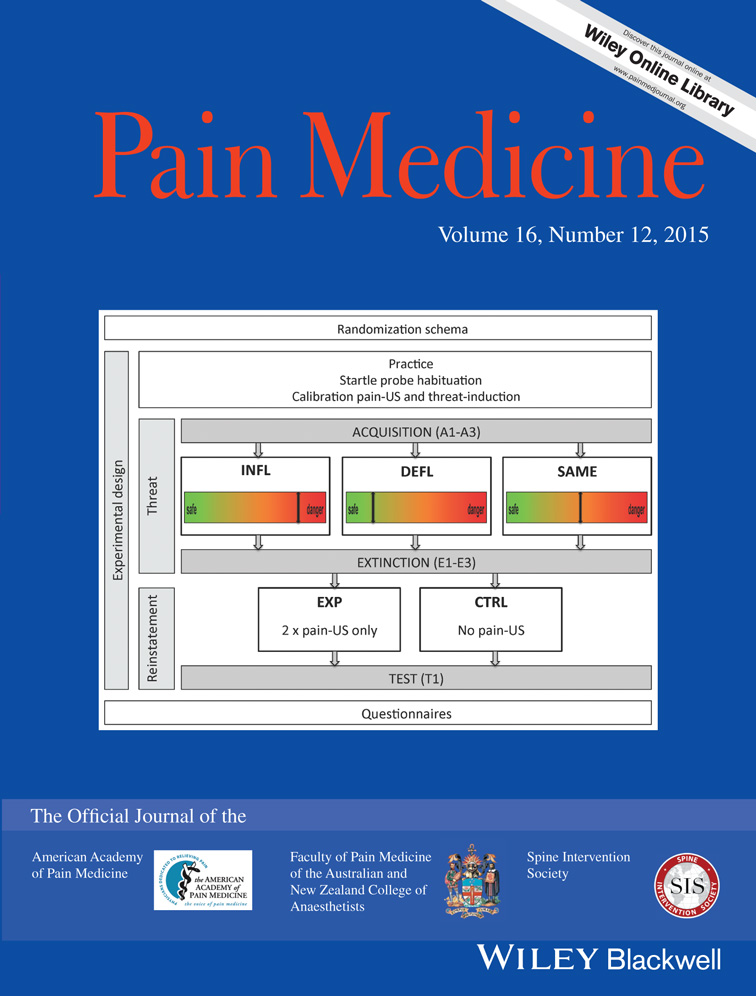
Classical vs Revised Targets in Genicular Nerve Block With Corticosteroids for Knee Osteoarthritis

Classical vs Revised Targets in Genicular Nerve Block With Corticosteroids for Knee Osteoarthritis
A Comparison of Genicular Nerve Blockade With Corticosteroids Using Either Classical Anatomical Targets vs Revised Targets for Pain and Function in Knee Osteoarthritis: A Double-Blind, Randomized Controlled Trial
Pain Med. 2021 May 21;22(5): 1116-1126.Did you know you're eligible to earn 0.5 CME credits for reading this report? Click Here
Synopsis
Fifty-five patients with chronic knee pain due to osteoarthritis were randomized to receive genicular nerve blockade using classical targets (n=28) or revised targets (n=27). The primary outcome of interest was pain scores on a Numeric Rating Scale (NRS). Secondary outcomes of interest included the proportion of successful responders (i.e., at least 50% reduction in NRS pain score), knee function,...
To view the full content, login to your account,
or start your 30-day FREE Trial today.
FREE TRIAL
LOGIN
Forgot Password?
Explore some of our unlocked ACE Reports below!

Learn about our AI Driven
High Impact Search Feature
Our AI driven High Impact metric calculates the impact an article will have by considering both the publishing journal and the content of the article itself. Built using the latest advances in natural language processing, OE High Impact predicts an article’s future number of citations better than impact factor alone.
Continue



 LOGIN
LOGIN

Join the Conversation
Please Login or Join to leave comments.